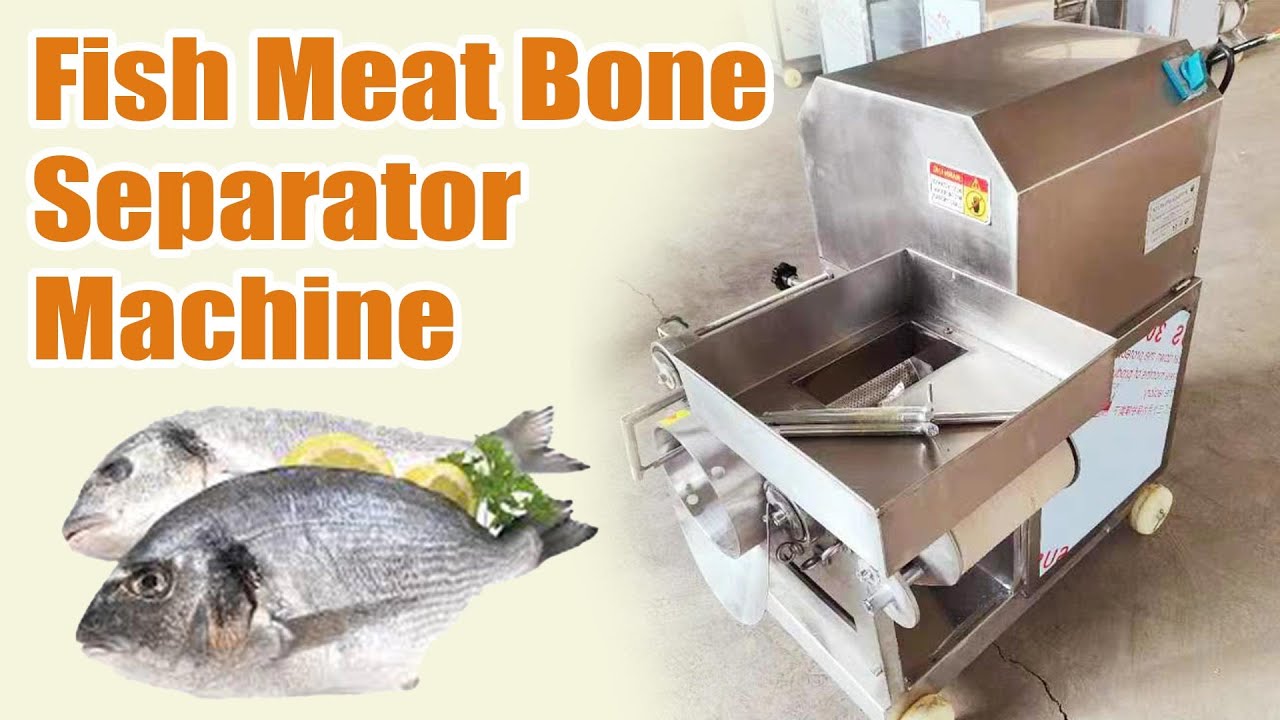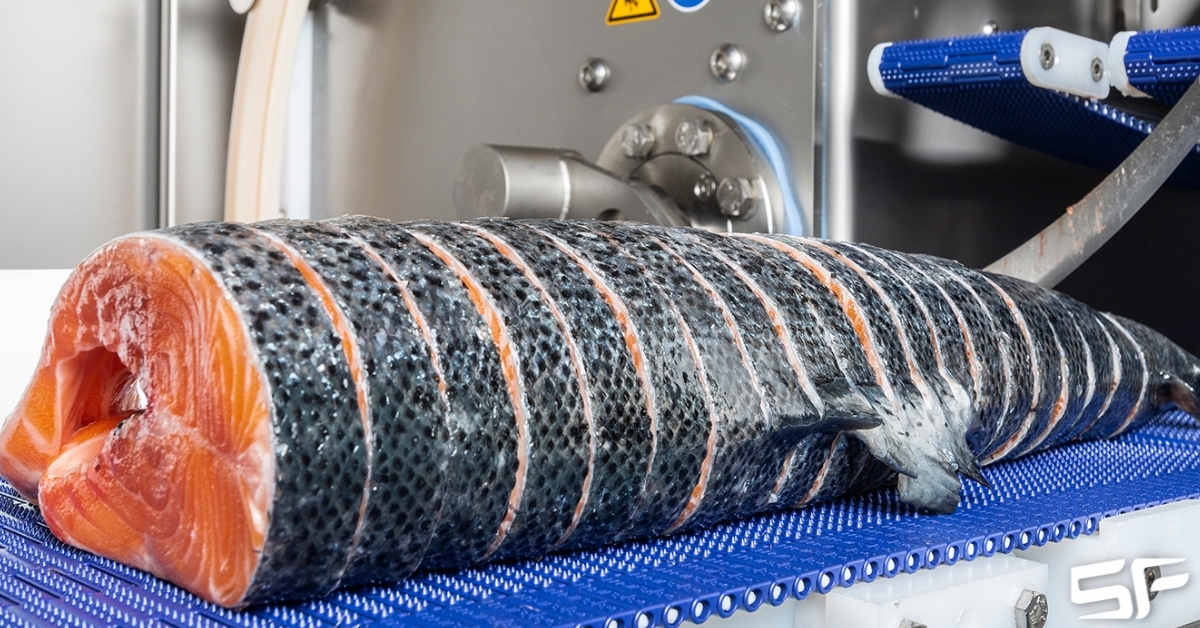10 years of experience as a food machinery equipment manufacturer
10 years of experience as a food machinery equipment manufacturer
The seafood industry in Malaysia is a vital contributor to the nation’s economy and a primary source of protein for its populace. With abundant marine resources, the processing of fish and other seafood products is a significant activity. Central to modern, efficient fish processing is the fish meat separator, a machine designed to extract fish flesh from bones, skin, and fins. This technology has become increasingly important for businesses looking to maximize yield, improve product quality, and enhance operational efficiency.

A fish meat separator, also known as a fish deboner or fish meat-bone separator, is a piece of food processing equipment specifically engineered to mechanically separate fish meat from undesirable parts like bones, skin, and scales. The fundamental principle of operation involves pressing the fish (either whole, gutted, or headed) against a perforated drum. As the fish is subjected to pressure, the soft flesh is extruded through the small holes of the drum, while the harder components like bones and skin are retained on the outside of the drum and subsequently discharged as waste.
These machines are typically constructed from food-grade stainless steel, ensuring hygiene, durability, and resistance to corrosion, which is crucial in the saline and moist environment of seafood processing. The size and capacity of these separators can vary widely, from smaller units suitable for restaurants or small-scale processors to large industrial machines capable of handling several tons of fish per hour.
The adoption of fish meat separators offers numerous advantages to seafood processors in Malaysia, catering to both domestic consumption and export markets.
When considering a fish meat separator, several operational aspects are important. The type of fish being processed is a key factor. Different species have varying bone structures and flesh textures, which may require adjustments to the machine’s pressure settings or the use of drums with different perforation sizes. For instance, small pelagic fish commonly found in Malaysian waters might be processed whole, while larger fish would typically be headed and gutted first.
The condition of the raw material is also crucial. Fresher fish generally yield better quality separated meat. Pre-processing steps, such as proper washing and sometimes pre-cutting larger fish, can optimize the separator’s performance.
Key features often found in quality fish meat separators include:
Malaysia is renowned for its diverse array of fish-based products, many of which traditionally relied on painstaking manual preparation. The fish meat separator has played a role in modernizing the production of these staples while helping to maintain their accessibility and affordability.
For example, keropok lekor, a popular fish sausage snack, and various types of fish balls and fish cakes, heavily depend on good quality fish paste. Fish meat separators provide an efficient way to obtain the primary raw material – minced fish meat – in the quantities required by commercial producers. This allows for scalability and consistency in the final product, which is essential for businesses catering to larger markets.
Similarly, the production of surimi, a refined fish paste that serves as a base for many imitation seafood products, benefits greatly from the initial separation process performed by these machines. High-quality separated meat is the starting point for the washing, refining, and additive incorporation stages of surimi manufacturing.
For businesses in Malaysia looking to invest in a fish meat separator, several factors should guide their decision. The required processing capacity (kg/hour) is a primary consideration, aligning the machine’s output with the scale of operation. The types of fish predominantly processed will influence the choice of drum and pressure settings. Durability, ease of operation, maintenance requirements, and the availability of after-sales service and spare parts are also critical aspects to evaluate.

Consideration should also be given to the machine’s footprint and integration into existing processing lines. Energy efficiency can also be a factor in long-term operational costs.
The Malaysian fish meat separator is more than just a piece of equipment; it is an enabling technology for the nation’s seafood processing industry. By significantly improving yield, efficiency, and product consistency, these machines empower businesses to be more competitive, reduce waste, and meet the growing demand for processed fish products both domestically and internationally. As the industry continues to evolve, the role of such advanced processing technologies will undoubtedly become even more crucial in ensuring sustainable growth and maintaining high standards of quality and food safety in the Malaysian seafood sector.
